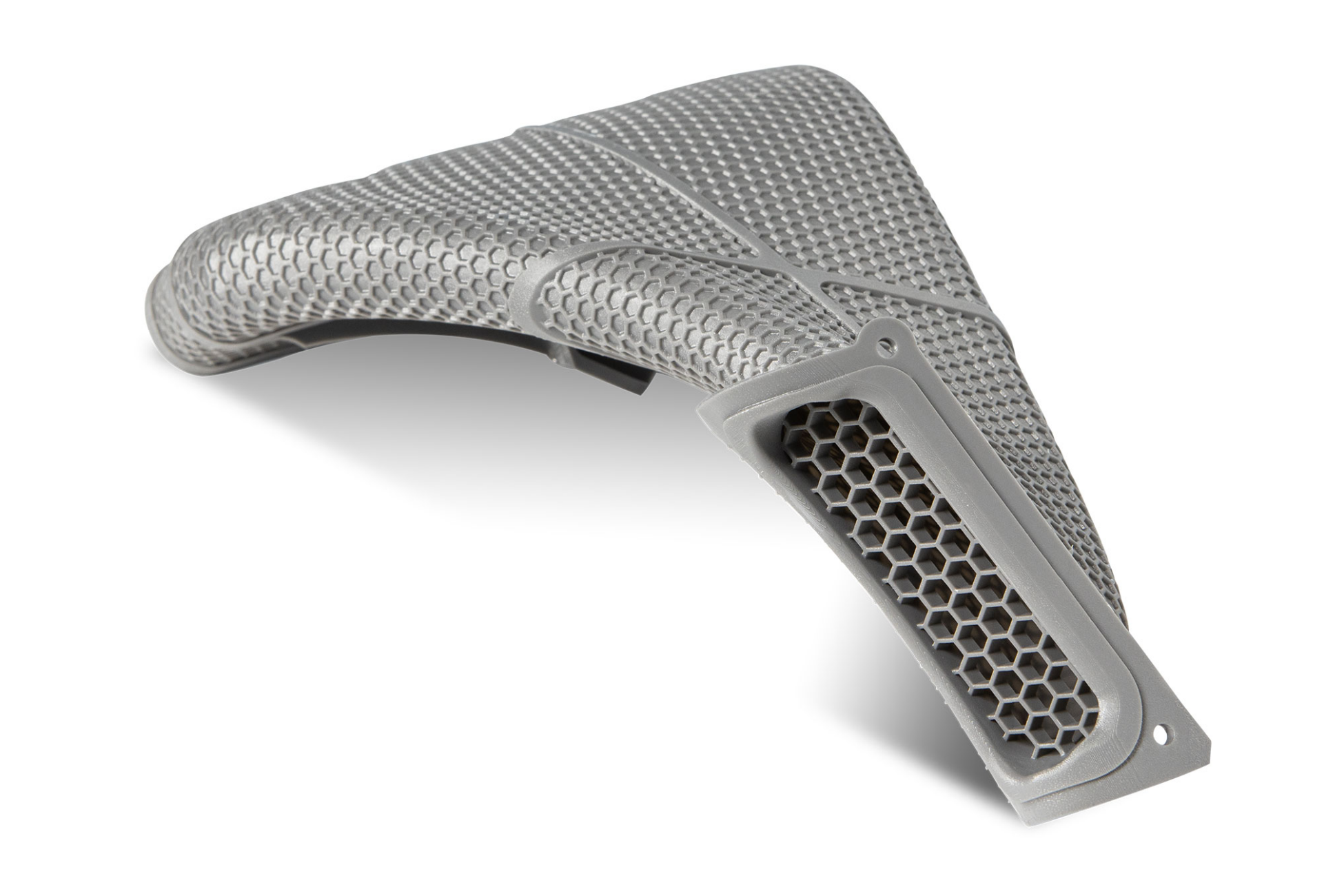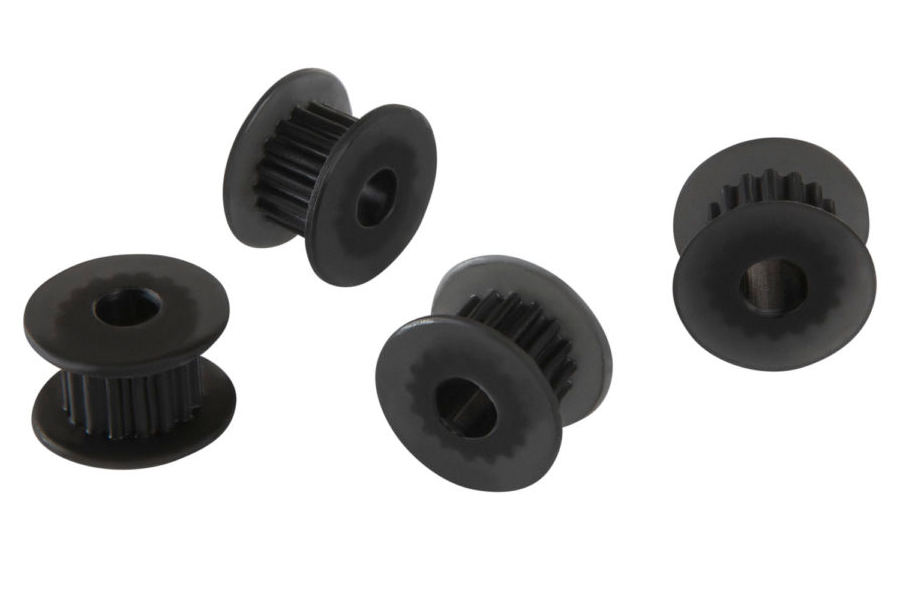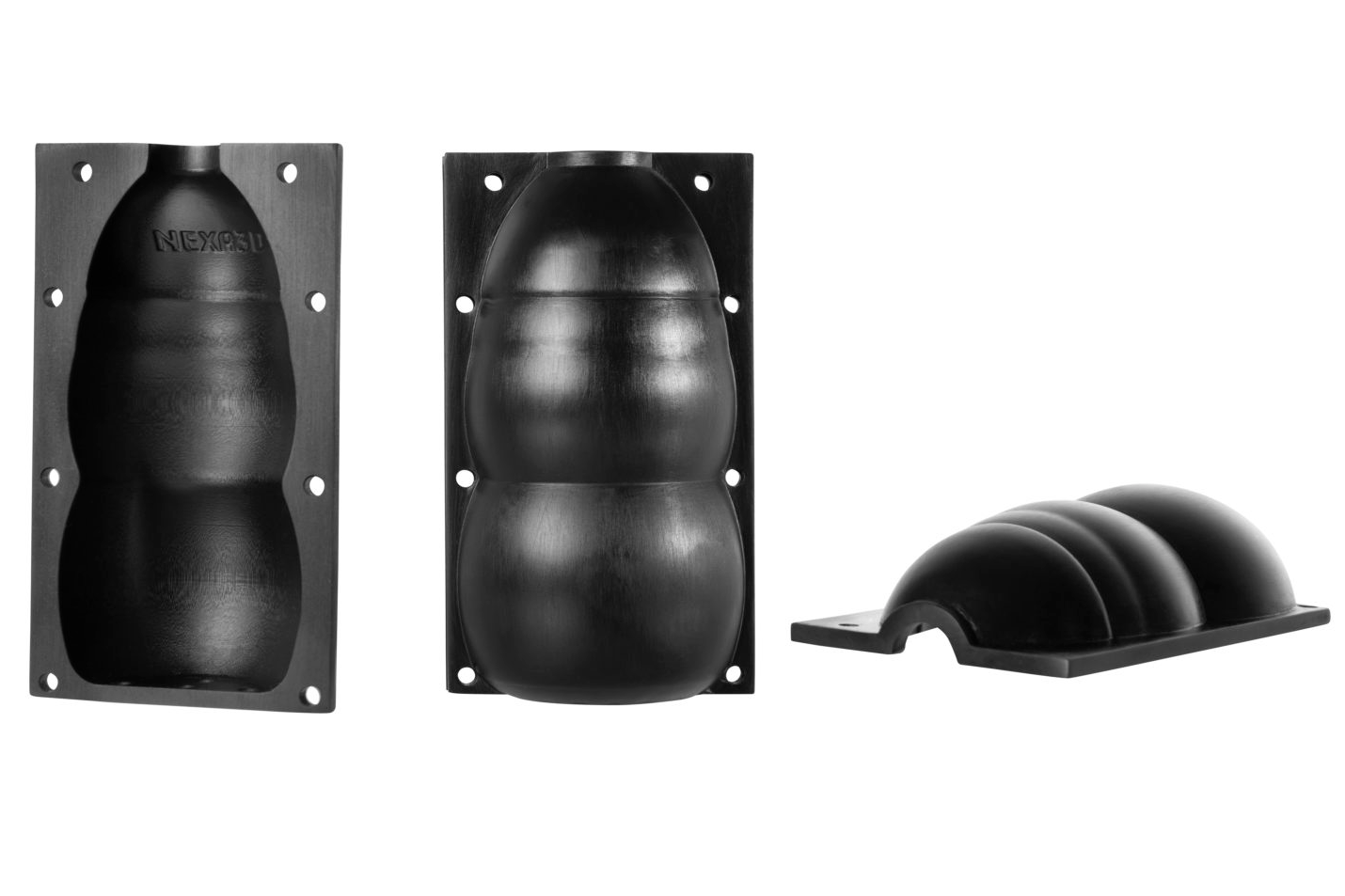Digital Light Processing (DLP) is a 3D printing process similar to Stereolithography (SLA), which offers the advantage of higher surface quality and detail accuracy. The quality of the 3D printed components is comparable to that of conventional injection moulding. Additionally, components are printed much more quickly, which is optimal for additive series production.
Now available on the Jellypipe platform this additive manufacturing technology is suitable for a wide range of applications including spare parts and prototypes, injection moulding, thermoforming and series components in the range of 100 to 1000+ pieces.
Advantages of DLP Technology:
- High level of detail
- Very good surface quality
- Hollowed components are printable
- Material diversity
- Print speed: quickly available, lower unit price





